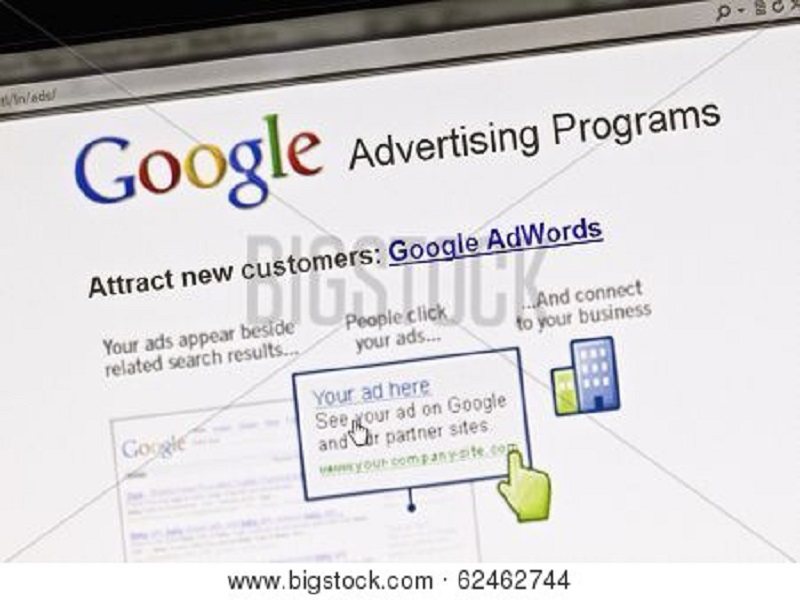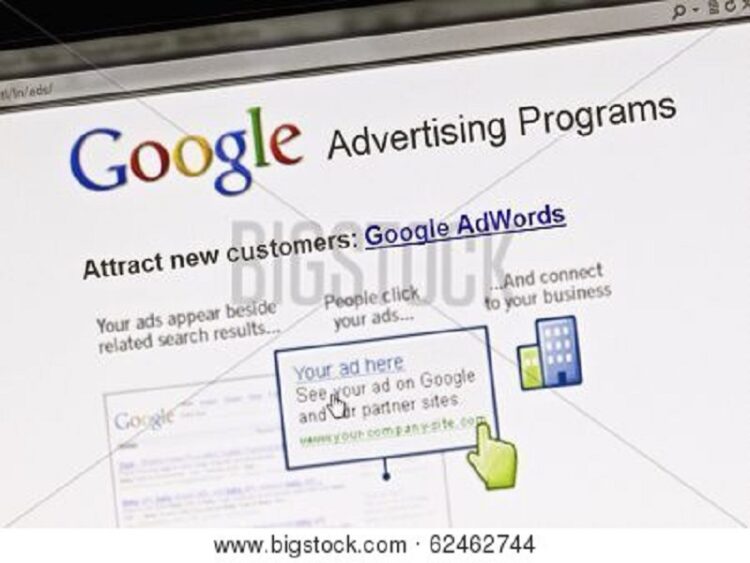
Contextual anchoring is everything in determining relative value:
— The Consumer Price Index Market Basket contains goods and services whose benchmarked prices determine inflation (In 2014, this increased by 1.6%). — The Christmas Price Index reflects the gifts given during the “Twelve Days of Christmas” song (In 2014 this increased by 1%). — Ivy League undergraduate grades: the average letter grade 60 years ago was C+; today it is A-. — The cost of music: a compact disc with 10–12 songs was once $17.99; today individual songs are 99 cents — Manhattan real estate: a million dollars for a one-bedroom apartment? Great deal!
Currently, a digital display ad, or banner, costs about $2 per CPM, or about a fifth of a cent per view. These prices will continue to drop for a few reasons:
— Programmatic real-time bidding — Humongous amounts of inventory — Bot traffic, which is nearly half of all traffic — Viewability: the IAB recommends 70% be seen. Most ads (56%) are not seen.
Savvy companies and platforms have realized this losing battle and have changed our frames of reference. The cost-per-click metric used to price search engine advertising, like Google AdWords, has given us a new anchor for tools further up the funnel. Because of last-click attribution, Google’s rates have crept up steadily, and along the way have pulled any type of click attribution pricing with it. For example, related content widgets, like Outbrain or Taboola, provide a cost per click of $1, inexpensive compared to Google’s average of $2 — but extremely expensive if quoted as $1,000 CPM!
Anchoring affects how we value the products we buy and what we are willing to pay for them. Imagine being forced to buy ten to twelve songs by one artist all at once, a computer that only held 64 kilobytes of memory, or a ransom of one million dollars. Time, culture, and society affect how our minds play tricks on us.
In his book “Predictably Irrational,” Dan Ariely exposed our flawed thinking by analyzing the Economist magazine’s pricing: The Web version is $59, the print version is $125, while the print AND web version is also $125. That’s the best deal by far!
Anchoring is a marketer’s trick that has turned against us, as the above reasons have continued to drive pricing lower and lower. Just as grade inflation has expected us to see only GPAs above 3.5 and flags anyone having below 3.5 as being a poor student, poor display rates have conditioned us to anchor our CPMs to fractions of a penny per view.
Before we argue about the value in a user-initiated-engagement, the above-related content widget example is used not to criticize but to illustrate our irrationality. Is user initiation worth 500x more than awareness? A video pre-roll, a promoted Facebook post, a sponsored story are all and should all be based on views, reads — or impressions. Yet the stigma of display has muddied the water for the metric once known as the CPM.
To be a better deal, the new ad unit must be significantly less than existing anchoring CPMs, as related content is less than the existing anchoring CPCs. Do we instead have to revert to a cost per view? Cost per read? Cost per engagement? Can we remove the anchoring associated with display advertising? After all, “just because you got a great CPM doesn’t mean your marketing still isn’t dumb,” AdHoles founder Marc Lefton told me.
We have a poor impression of the impression in our heads. Is the impression dead? Will we not be able to change our minds about this metric? I don’t think we will be able to, as CPMs will always be associated with banner advertising. How can we measure our new forms of native advertising? Perhaps education provides a crystal ball for us, as many schools have dropped grades and have moved toward pass / fail — or for some, just graduation. Just as school has reinvented itself, perhaps the impression can as well.
The impression is dead. Long live the impression!
Image credit: CC by Bigstock.com



